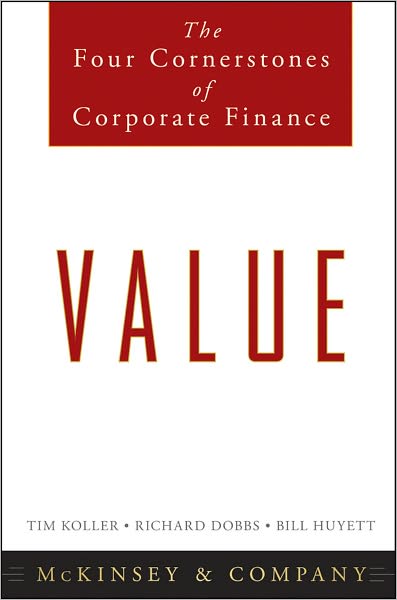On the Reinsurers
Insurance is a part of my life.? I’ve spent more than half of my life working with insurers in one way or another, and when unusual events happen, my phone rings, or I get e-mails, with people seeking insight.? Recently it has been regarding AIG, but in the last day it has been regarding reinsurers.
Full disclosure: my clients and I own shares in PartnerRe [PRE].? I may take positions in other reinsurers, but I am not planning on that anytime soon.
So, one friend of mine who writes a pseudonymous blog wrote me, saying:
Hi David – perhaps you can shed some light on this – for years I’ve heard the logic that catastrophes are bullish for insurers, as it allows them to raise rates.? I REFUSE to believe this.? I cannot for one second imagine that insurers would choose A) catastrophic payouts and rate increases vs B) no payouts and lower rates.
Here was my response:
They are bearish for insurers with large exposure to the contingencies, and bullish for insurers with no/little exposure to the contingencies.? But in aggregate, it is bearish ? think of the ?brick through the window? fallacy on GDP.
David
PS ? the better managed, less levered insurers/reinsurers do tend to do relatively better out of big crises, because they will have the capital to write the juicier business in the next year?
Now, PartnerRe was off a little today, but that doesn’t surprise me much — they usually have a little exposure to everything.? Very diversified in their liabilities, and conservative in the way they run their business.? My kind of reinsurer.
But then Flagstone Re was off over 12% today.? I owned this at one point in time, but don’t now.? After today’s losses, I may revisit them, but I am not in a rush.
Story: in 2004 and 2005, working for a hedge fund, I found the reinsurers to be some of the most intriguing companies to invest in, or short.? Particularly in hurricane season, there were a lot of trading opportunities.? Whenever there are significant events, you start keeping a spreadsheet, and as companies report likely losses, you populate your table.? You have to talk with investor relations, or the CFO, to see whether a company plays in that area of reinsurance, and to what degree.? Most of this is not in documents filed with the SEC, until results come afterward, through press releases, and 8Ks.
In 2005, one company, Montpelier, admitted no significant losses after Katrina, and it really stood out as an anomaly on my spreadsheet.? This was the only time I have ever gone from long to short on a company, ever.? Eventually Montpelier admitted the claims that were coming, and the stock price adjusted lower, and we covered.
Now, I am not up on all of the exposures of reinsurers at present.? Were I back in the saddle as a buyside analyst, I would be building my spreadsheet, and calling reinsurers to get an idea of how much exposure (not losses per se, but did they write business there?) they have to the recent troubles:
- Last year?s New Zealand earthquake
- Flooding in Australia in December and January
- Tropical Cyclone Yasi (Northern Queensland)
- This year?s New Zealand quake
- The current Japan quake
Now if I were more of a trader, after research I might be inclined to take positions in Aspen, Axis, Flagstone, and Platinum.? But there is a lot of research to be done here, and I would not take any positions without significant due diligence, which I have not done here.
So be careful.? Rule number one is don’t lose money.? Rule number two is don’t forget rule number one.
Full disclosure: long PRE, for me and for clients


